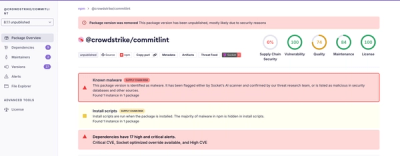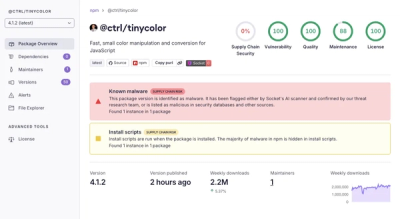asyncio-throttle


Simple, easy-to-use throttler for asyncio.
Example
import time
import random
import asyncio
from asyncio_throttle import Throttler
async def worker(no, throttler, n):
for _ in range(n):
await asyncio.sleep(random.random() * 2)
async with throttler:
print(time.time(), 'Worker #%d: Bang!' % no)
async def main():
throttler = Throttler(rate_limit=5)
tasks = [
loop.create_task(worker(no, throttler, 10))
for no in range(5)
]
await asyncio.wait(tasks)
loop = asyncio.get_event_loop()
loop.run_until_complete(main())
loop.close()
Here I limited work rate to 5/sec while there are 5 workers.
And the result:
1508273760.3462772 Worker #2: Bang!
1508273760.590009 Worker #3: Bang!
1508273760.856431 Worker #0: Bang!
1508273761.0110679 Worker #2: Bang!
1508273761.086856 Worker #4: Bang!
1508273761.350699 Worker #3: Bang!
1508273761.5906 Worker #1: Bang!
1508273761.8655958 Worker #4: Bang!
1508273762.224158 Worker #0: Bang!
1508273762.600234 Worker #2: Bang!
1508273762.694332 Worker #2: Bang!
1508273762.726774 Worker #0: Bang!
1508273762.944273 Worker #4: Bang!
Installation
$ pip install asyncio-throttle
It requires Python 3.6 or later.
Usage
asyncio_throttle.Throttler introduces simple APIs: flush() and
acquire(). But you will not be interested in those because you can
just use it within with statement and it looks nicer.
First, create a throttler given desired rate limit. For example if you
want to limit rate to 500/min, you can make it as:
from asyncio_throttle import Throttler
throttler = Throttler(rate_limit=500, period=60)
Then whenever you want to do some jobs which should have limited
rate(e.g. sending request to server), Put it in async with statement:
async with throttler:
send_a_request()
It's that easy. asyncio_throttler can be easily integrated with
aiohttp too:
async def worker(throttler, session):
while True:
async with throttler:
async with session.get('http://example.com') as resp:
do_some_job_with(await resp.text())
await asyncio.sleep(0.05)



